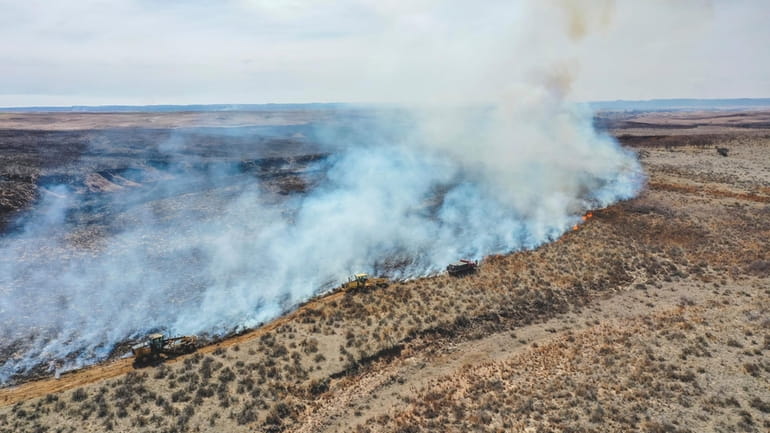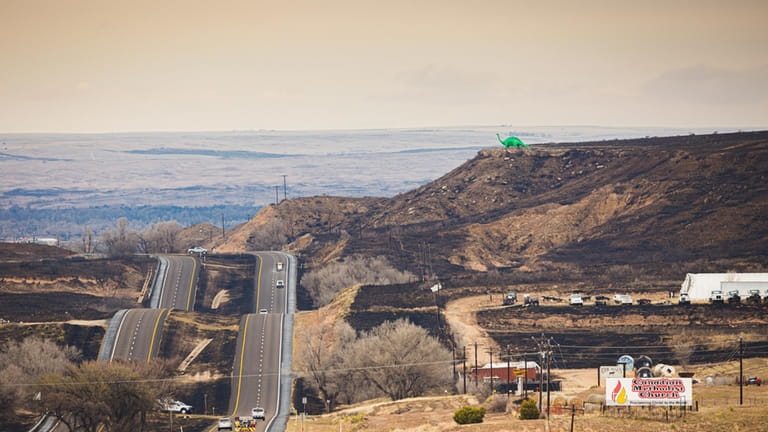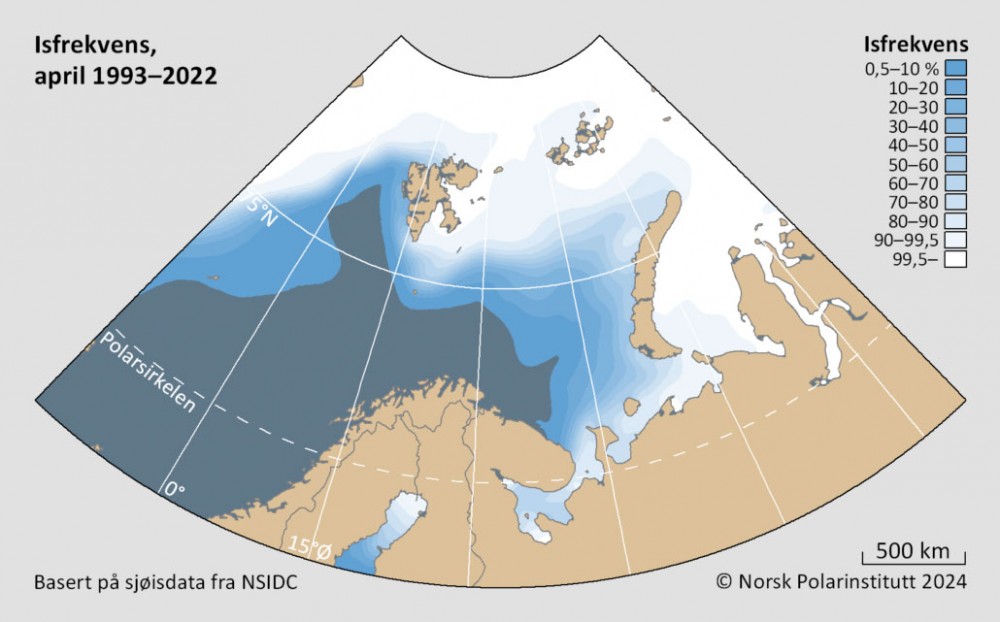Grace Eliza Goodwin
Mar 6, 2024
The franchise owner of dozens of Panera Breads in California said he'll raise the minimum wage for staff.
The owner is a major donor to Gov. Gavin Newsom.
Newsom faced blowback last week for appearing to carve out an exemption in a new law for Panera.
A billionaire donor to California Gov. Gavin Newsom said he's raising pay at his Panera Bread locations after it was widely reported that they'd be exempt from a new state law boosting the minimum wage.
Greg Flynn, the franchise owner of 24 Panera Breads in the state, announced on Tuesday that he would raise the minimum wage at his locations from $16 to $20.
Newsom and Flynn have known each other for years, and Flynn has been a longtime donor to Newsom's campaign, Business Insider previously reported. That connection brought Newsom under fire last week because the state's new law appeared to have a potential, specific exception for Panera Bread.
The new law requires fast food chains with 60 or more locations to increase the minimum wage for their workers beginning on April 1. But, the law includes an exemption for restaurants that bake bread and sell it as a stand-alone item.
(If you're wondering, bagels or croissants don't count as "bread" under the law.)
A spokesperson for the governor told Business Insider that Panera may not be exempt from the new law because the chain prepares its dough at an off-site location before stores bake it.
Flynn said last week that although he had suggested excluding fast-casual restaurants from the bill, he never asked for special considerations and never met directly with Newsom about the bill, Bloomberg reported.
After the backlash, Flynn said his restaurants would follow the law — even if they didn't have to.
"Regardless of whether the bakery exemption in AB1228 applies to our bakery-cafes, California locations owned and operated by Flynn Group will increase all hourly pre-tip wages to $20 per hour or higher effective April 1," Flynn said in his Tuesday statement, according to KCRA.
Flynn's pay bump for Panera workers won't affect workers at the remaining 164 locations in California not owned by the Flynn Group — unless the governor's office confirms that no Paneras are exempt.
The Flynn Group did not immediately respond to BI's request for comment.
Ana Altchek and Dominick Reuter
Mar 1, 2024
Panera appears to be exempt from California's new minimum wage increase for fast-food chains.
Gov. Gavin Newsom is getting heat because Panera franchise owner Greg Flynn is a campaign donor.
Newsom's office said in response to the controversy that its legal team believes Panera may not be exempt.
California's minimum wage increase from $16 to $20 an hour for fast-food restaurant workers, set to go into effect in April, caused a stir among fast-food chains — especially since the new rule included language that seemed likely to give Panera an exemption.
Now, California Gov. Gavin Newsom is pushing back against criticism following revelations of his connection to billionaire restaurant owner Greg Flynn — who happens to be a campaign donor and owns 24 Panera locations in California.
Flynn is the founder and CEO of Flynn Group, which has over 2,600 US locations for Applebee's, Taco Bell, Panera, Arby's, Pizza Hut, and Wendy's. The group also owns 80 Applebee's in California, but the law does not apply to full-service restaurants.
The news — first reported by Bloomberg on Wednesday — has already prompted calls for an investigation by top Republicans in the state, according to the San Francisco Chronicle, and lots of angry posts on social media.
The two have known each other for years and apparently attended the same high school, Bloomberg reported.
Flynn has been donating to Newsom's campaigns since 2014, and Flynn Properties Inc. gave about $164,800 in 2021 and 2022 toward causes for Newsom, campaign finance records show. That includes $64,000 toward his reelection and $100,000 toward the "stop the Republican recall of Governor Newsom" campaign.
"The Governor never met with Flynn about this bill and this story is absurd," spokesperson Alex Stack said in a statement to Business Insider, referring to Bloomberg's report. "Our legal team has reviewed and it appears Panera is not exempt from the law."
The spokesperson said the governor's lawyers believe Panera may not be exempt due to the chain preparing dough at an off-site location before stores bake it. BI reached out to Panera Bread for comment on the governor's office statement.
Neither Flynn Group nor Panera immediately responded to requests for comment.
When asked last year about the bread exemption that baffled many, including a specific mention of Panera, Newsom said, "That's part of the sausage-making," declining to elaborate on the reasoning.
Flynn told Bloomberg he did not have a hand in the bread exemption, and Newsom's office told the outlet the law was the "result of countless hours of negotiations with dozens of stakeholders over two years."
In a statement to the Associated Press, Flynn denied asking for any "special considerations" and that he was surprised to see the exemption in the final legislation.
California's wage increase in September includes a clause that excludes any establishment that sells bread as a stand-alone menu item — not bagels, not croissants, just bread as defined by the US Food and Drug Administration.
Nor does the exemption apply if the bread is available for sale as part of another menu item, say as a footlong Subway sandwich.
Nor can sub shops start selling loaves or burger shops baking their buns in-house in order to get their labor costs down — the rule only applies to restaurants that have been doing so as of September 15 last year.
In short, that seems to exclude most major fast-food chains besides Panera. A few smaller brands appear to benefit from the carve-out, including Paris Baguette and Great Harvest Bread Co, Bloomberg reported.
Now, the Governor's lawyers appear to be scrutinizing the legal definition of the word "produces" as it appears in the law, which they argue may render Panera ineligible for the exemption.
Flynn's statement to the AP also said his restaurants will likely need to raise wages, regardless of the rule.
"Such a narrow exemption has very little practical value. As it applies to all of our peer restaurants in the fast-casual segment, we will almost certainly have to offer market value wages in order to attract and retain employees," he said.
The new minimum wage rate is set to increase to $20 an hour in April for fast-food workers in California. Restaurants with 60 or more locations will have to implement the new pay rate and chains like McDonald's, Chipotle, and Jack In the Box have already planned for an $250,000 extra annual cost and say they will raise menu prices at their California stores.
Update, March 1, 2023: This story was updated to include and reflect statements from Gov. Newsom, which dispute Panera's eligibility for the exemption, and from Greg Flynn.
Correction, March 1, 2023: An earlier version of this story stated that Flynn's group owns 12 Panera locations in California. The company owns 24.




















